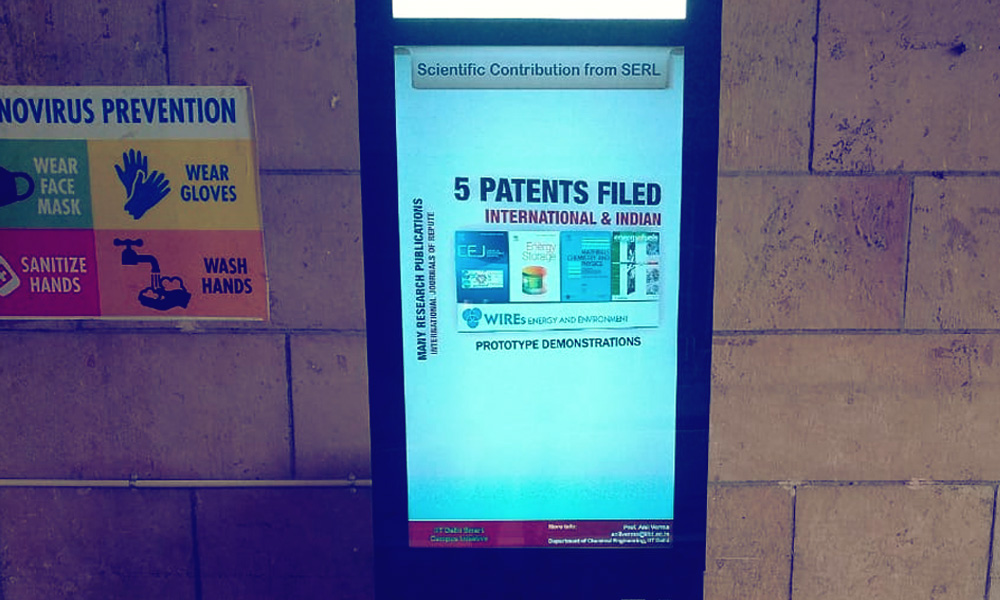
Image Credits: indiaeducationdiary.in
IIT-Delhi Installs Environment-Friendly Charging Station In Campus
Writer: Ankita Singh
A literature lover who likes delving deeper into a wide range of societal issues and expresses her opinions about the same. Keeps looking for best-read recommendations while enjoying her coffee and tea.
Delhi, 20 Jan 2021 8:34 AM GMT | Updated 20 Jan 2021 8:38 AM GMT
Editor : Rakshitha R |
Rakshitha an engineer turned passionate journalist with an inclination for poetry, creative writing, movies, fiction, mountains and seclusion. Not a part of the social process but existential.
Creatives : Rajath
A free spirit who find meaning in life with the virtue of creativity and doing job par its excellence, animal lover and traveller by heart.
For storing electrical energy in the Vanadium Redox Flow Battery based charging station, the liquid electrolyte is used. During charging, the electrical energy is stored in the liquid electrolyte and during discharging the stored energy is used for various applications.
The Indian Institue of Technology (IIT) Delhi on Monday, January 18, inaugurated an environment friendly and high durable Vanadium Redox Flow Battery (VRFB) based Charging Station in the campus. This charging station can charge electronic devices like mobile phones, laptops, portable chargers, mobile banks, tablets and others.
As reported by The New Indian Express, the charging station was designed and installed by the Sustainable Environergy Research Lab (SERL) which comes under the Department of Chemical Engineering. It is actively working on VRFB technology.
The charging station can be operated for a period of 9 hours in a day. The use of the charging station is not just limited to the IIT Delhi community, the outside visitors can also use it.
For storing electrical energy in the charging station, VRFB utilises liquid electrolyte. During charging, the electrical energy is stored in the liquid electrolyte and during discharging the stored energy is used for various applications.
There are several advantages to the charging station as it can efficiently store and utilise renewable energy. It can be widely used in rural electrification, e-vehicle charging, domestic and commercial power back-up, etc., and it results in a zero carbon footprint.
Another important advantage of the charging station is that it is non-polluting with 'zero' emissions. Apart from this, it is easily scalable, safe and environmentally friendly, and highly durable.
Professor Dr Anil Verma from the chemical engineering department, said that one of the major differences between the flow and conventional battery is the independent scaling of power and energy capacity.
Discussing the advantages of the charging station, he also said the VRFB is suitable for long discharge time with the low cost when compared with the conventional battery.
According to him, this technology is suitable wherever diesel generators are used. Professor Verma appreciated the research group at SERL which has developed the second generation prototype so that an environmental friendly viable product could be available to society.
Also Read: Mysuru Architect Builds Sustainable House By Using Construction Debris
 All section
All section














